The Science of Compassionate Love: Research, Theory, and Applications. Fehr. B. Sprecher, S, Underwood, LG, eds. Oxford England, Malden Mass: Wiley-Blackwell. 2009.
Altruism and Altruistic Love: Science, Philosophy, and Religion in Dialogue Post, SG, Underwood, LG, Schloss, JP, Hurlbut, WB, eds., Oxford University Press, 2002.
Articles/Chapters:
“Interviews with Trappist Monks as a Contribution to Research Methodology in the Investigation of Compassionate Love.” Underwood LG Journal for the Theory of Social Behavior, 35:3 (September, 2005), 285-302.
“Altruistic Love – Compassionate Love”. Underwood, L. In Harry T. Reis & Susan Sprecher (Eds.), Encyclopedia of Human Relationships. Thousand Oaks, CA: Sage. (2009)
“Chapter 1: Compassionate love: A framework for research” Underwood, Lynn G. in Fehr, Sprecher and Underwood The Science of Compassionate Love: Theory Research and Applications, Blackwell. Wiley- Blackwell. Malden Massachusetts, Oxford, England 2009.
“Giving of Self for the Good of the Other: Science Research on Compassionate Love and Spirituality” Underwood, Lynn G. in The Love that Does Justice, Edwards, Michael and Post Stephen (eds), Cleveland, Ohio 2008, p 133-138.
“Compassionate Love,” in Post, Stephen G. ed. 2004. Encyclopedia of Bioethics, 3rd edition. New York: Macmillan Reference USA, 483-488.
“The Human Experience of Compassionate Love: Conceptual Mapping and Data from Selected Studies”, in Post, SG, Underwood, LG, Schloss, JP, Hurlbut, WB, eds. Altruism and Altruistic Love: Science, Philosophy, and Religion in Dialogue, 2002. New York City: Oxford University Press. 72-88.
“Concluding Summary and Future Research Needs on Altruism and Altruistic Love,” with Post, SG in ibid. 3-12, 379-386.
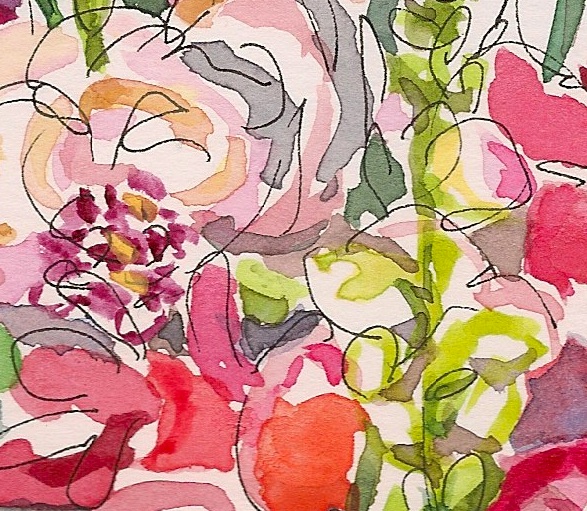
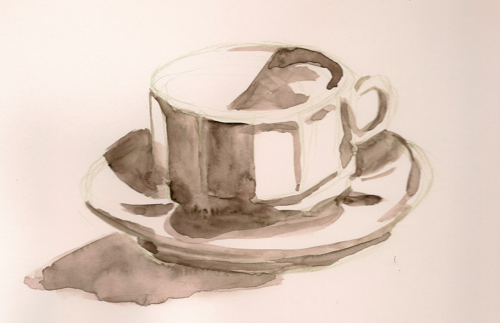
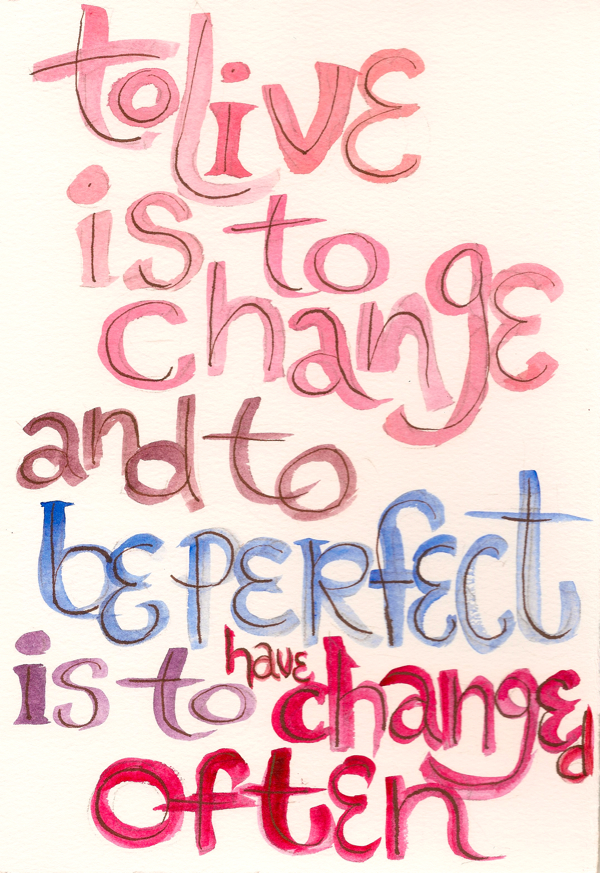
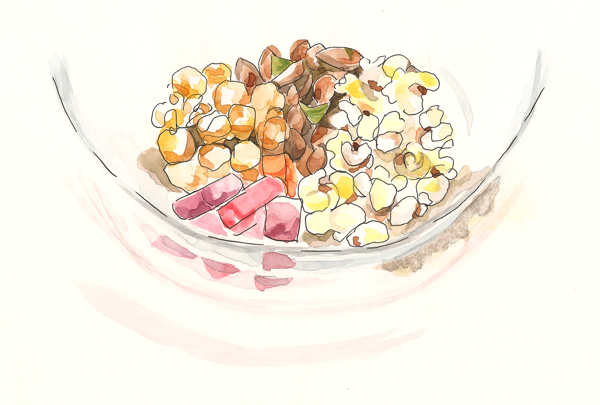
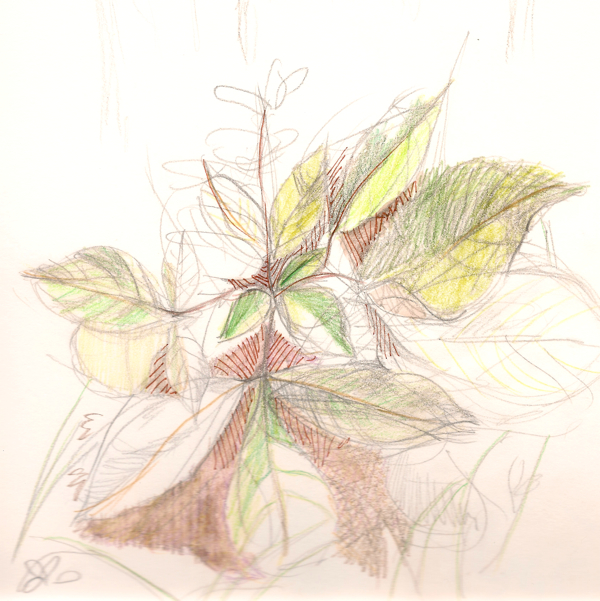
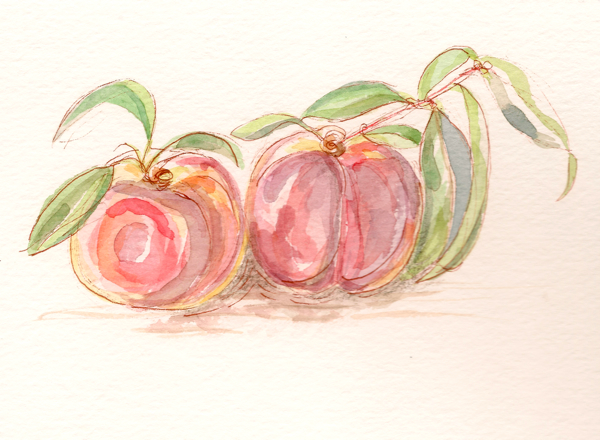
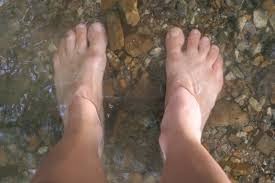
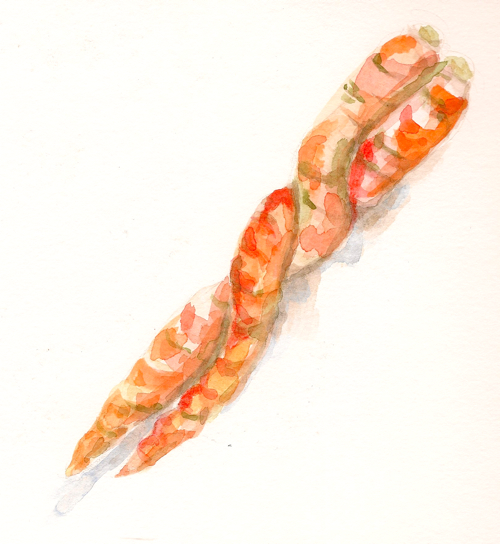
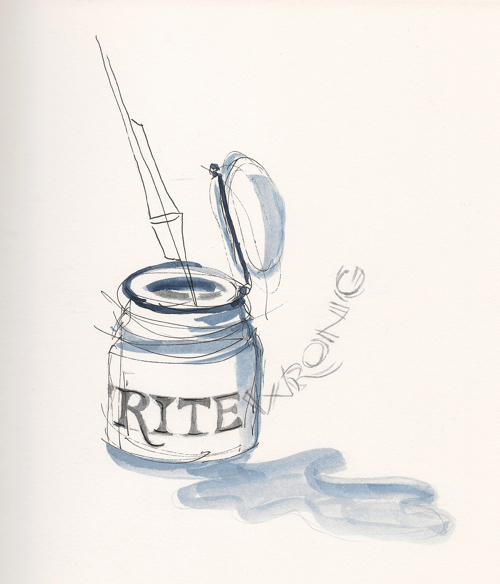
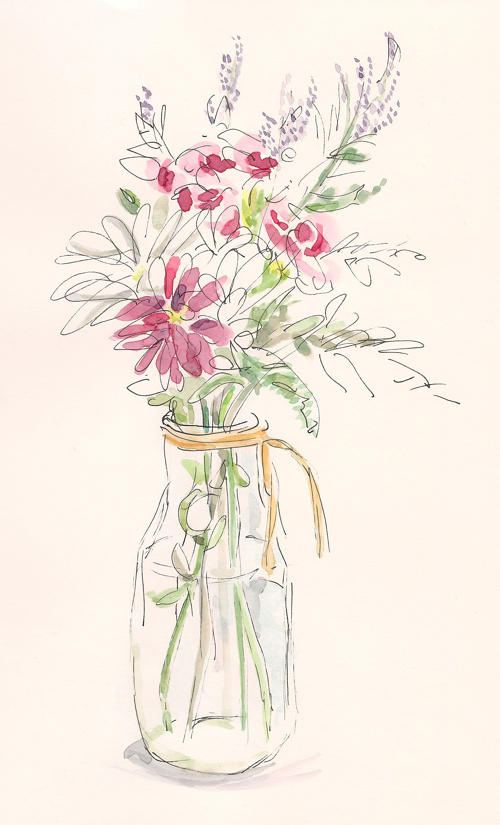
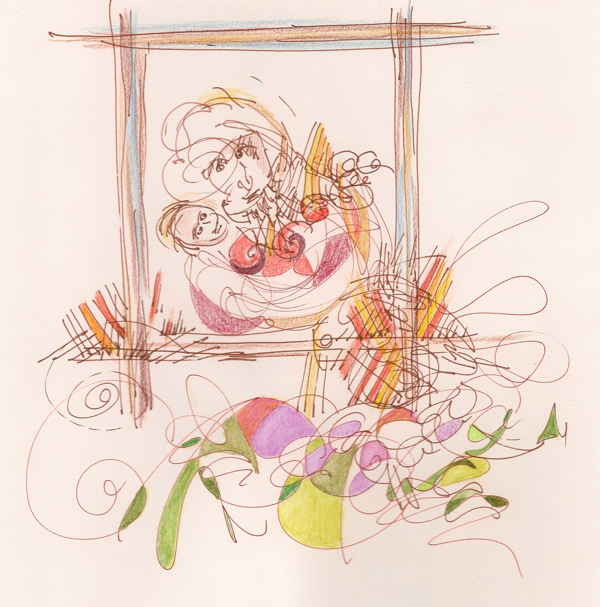
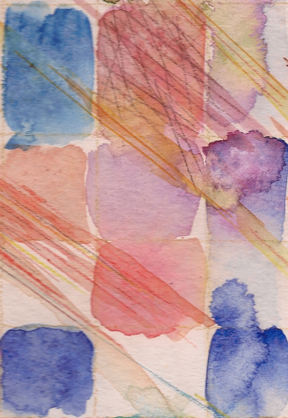
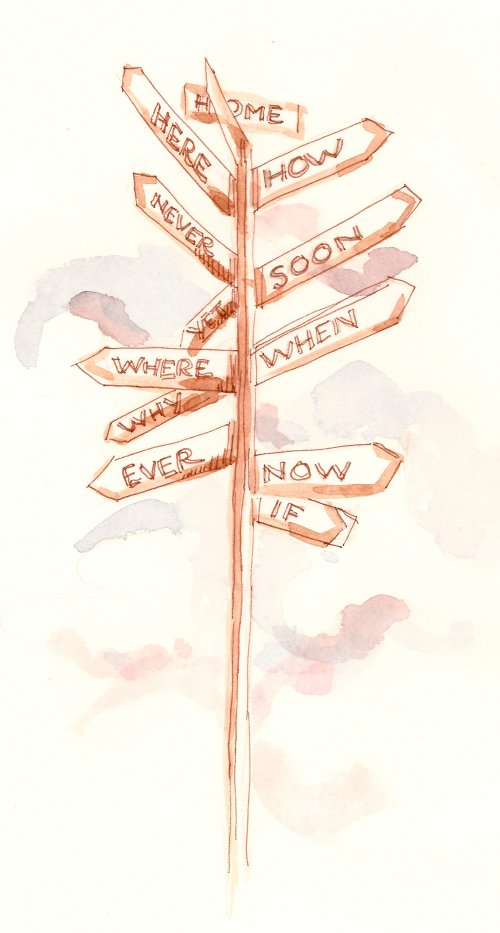
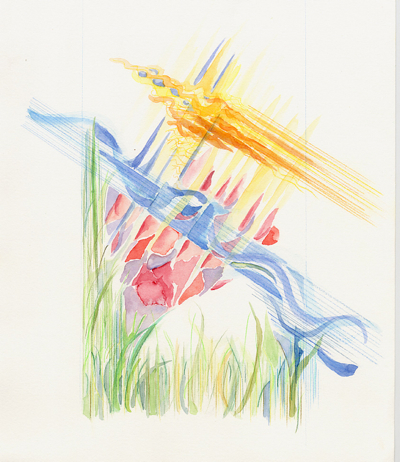
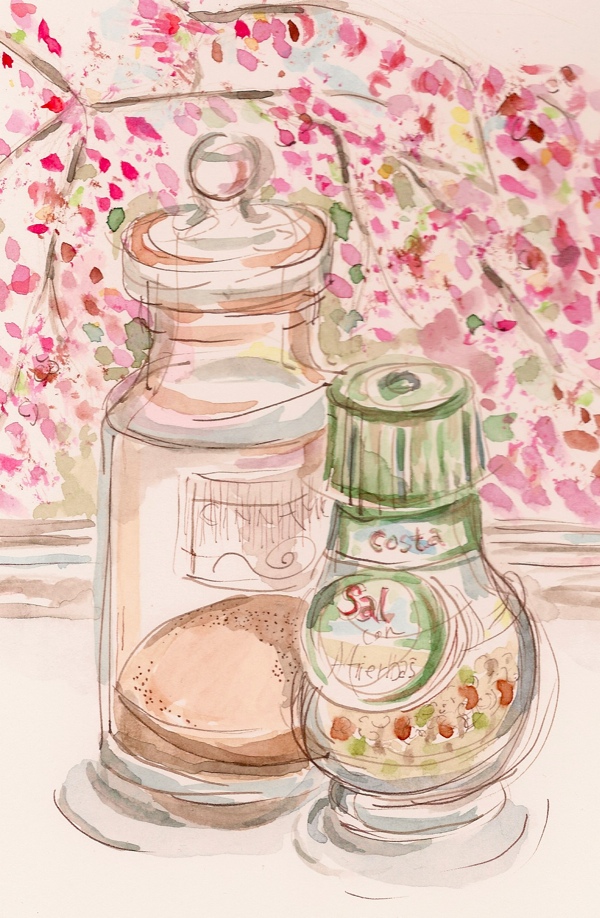

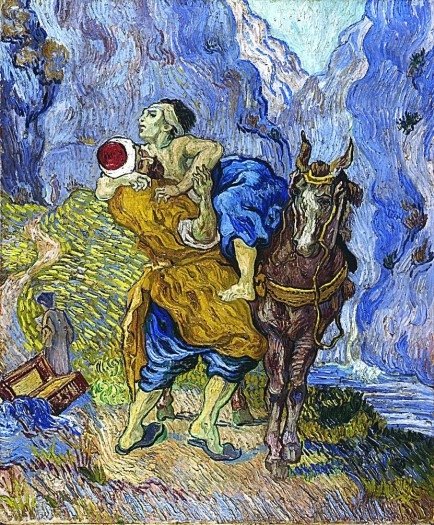
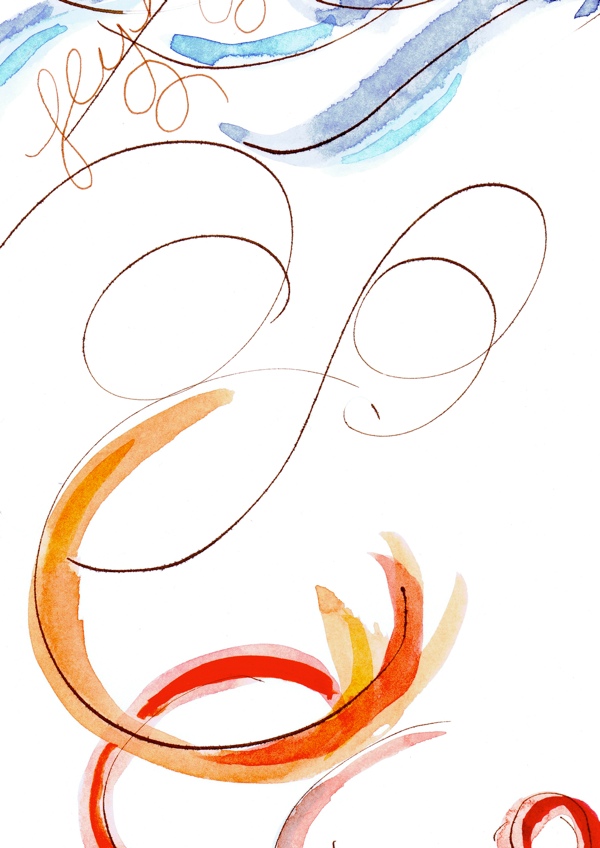 No one ever told us we had to study our lives,
No one ever told us we had to study our lives,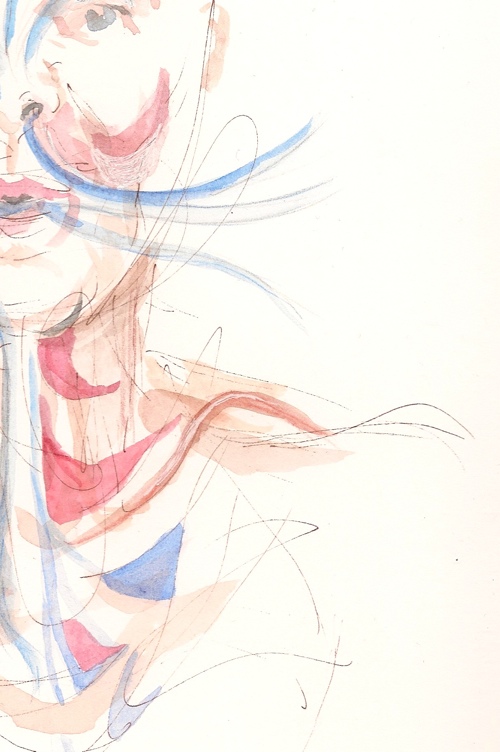
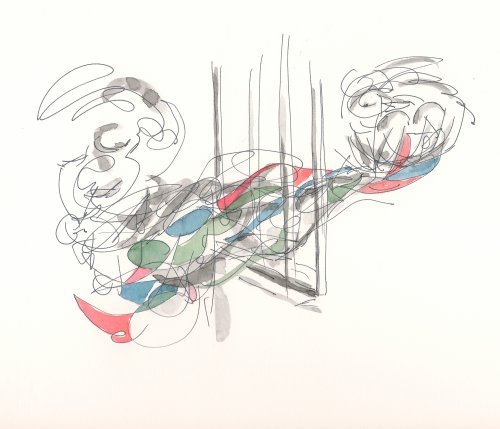
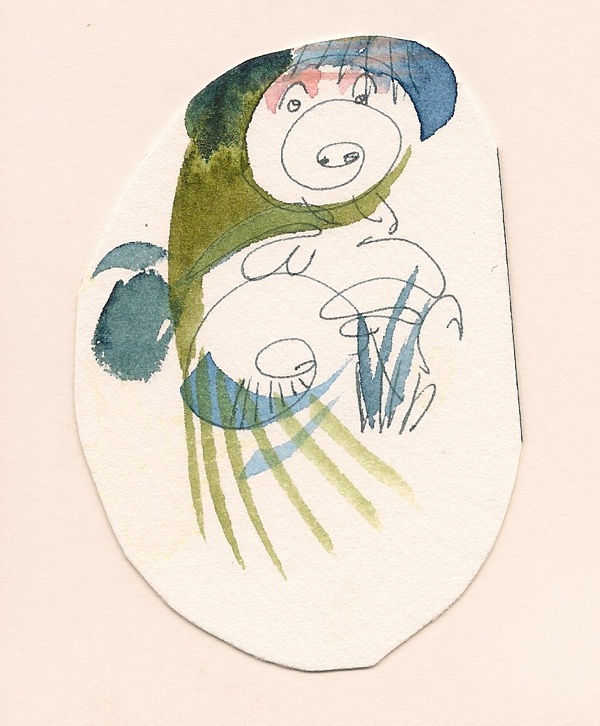
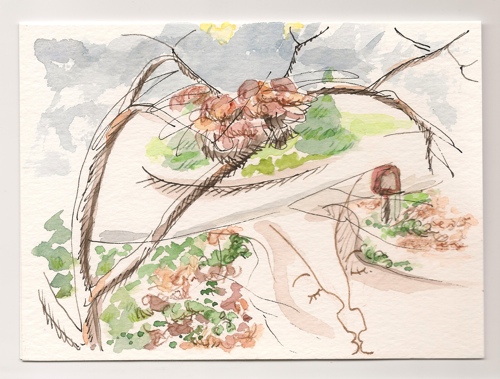
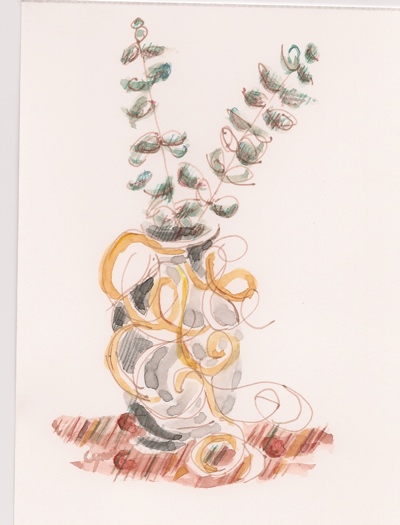

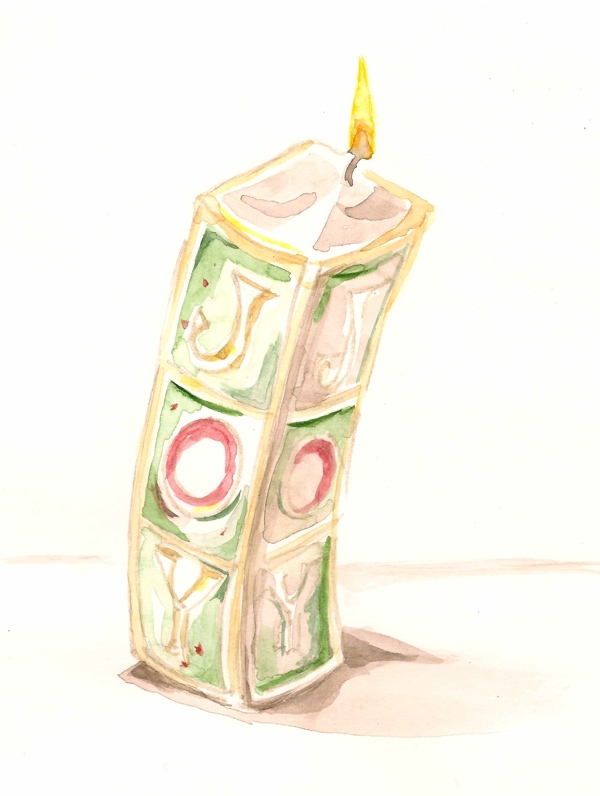
 The world both vivid and lit, each element
The world both vivid and lit, each element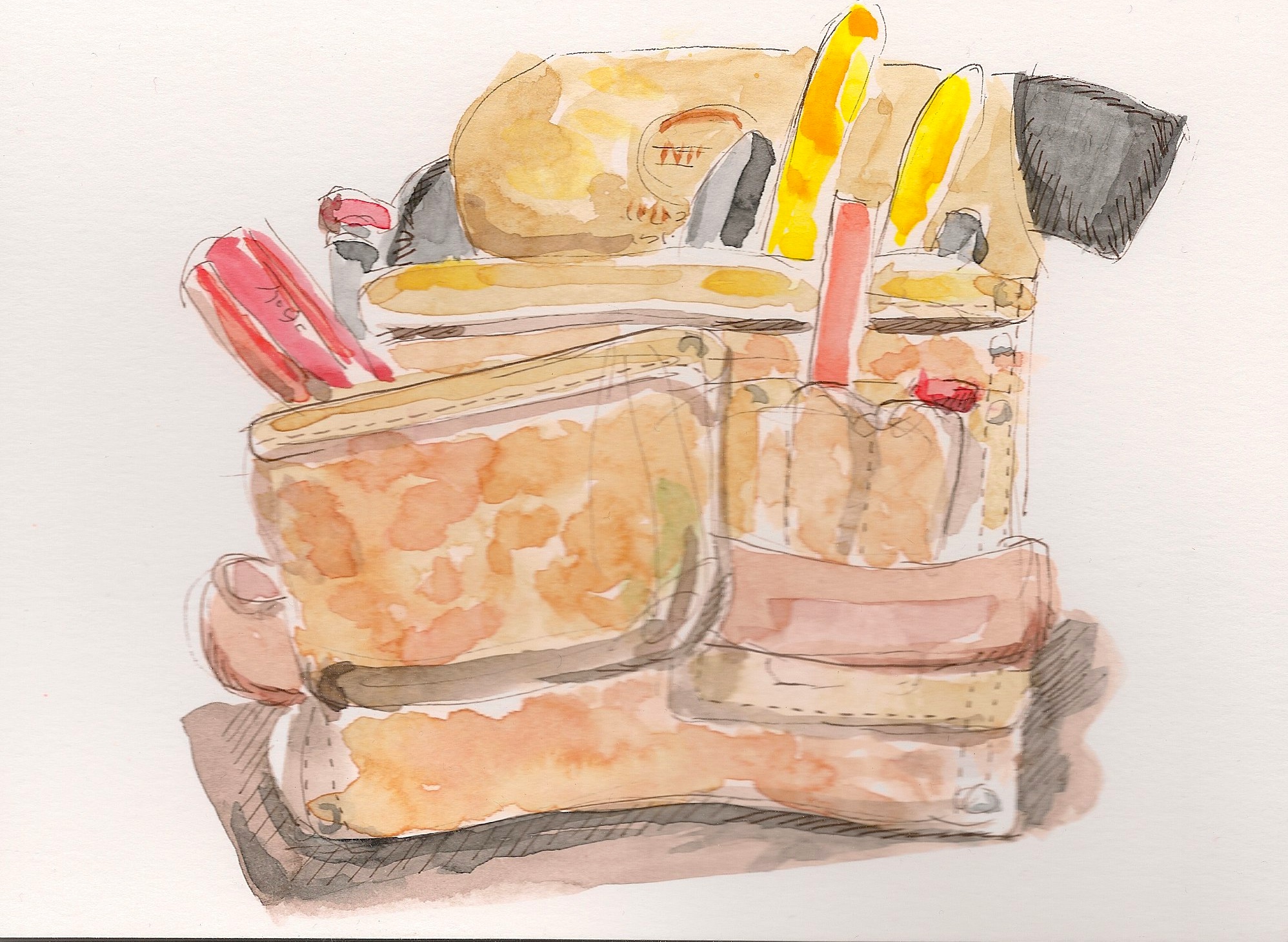
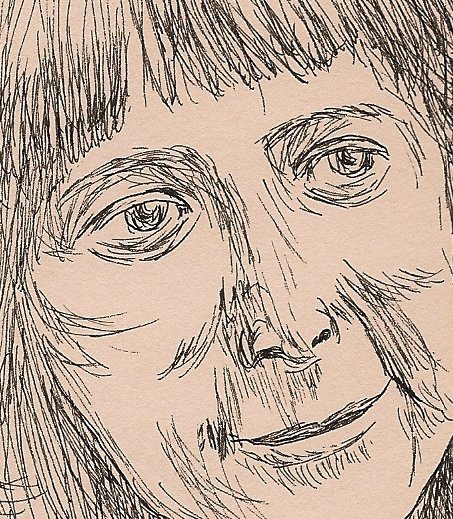
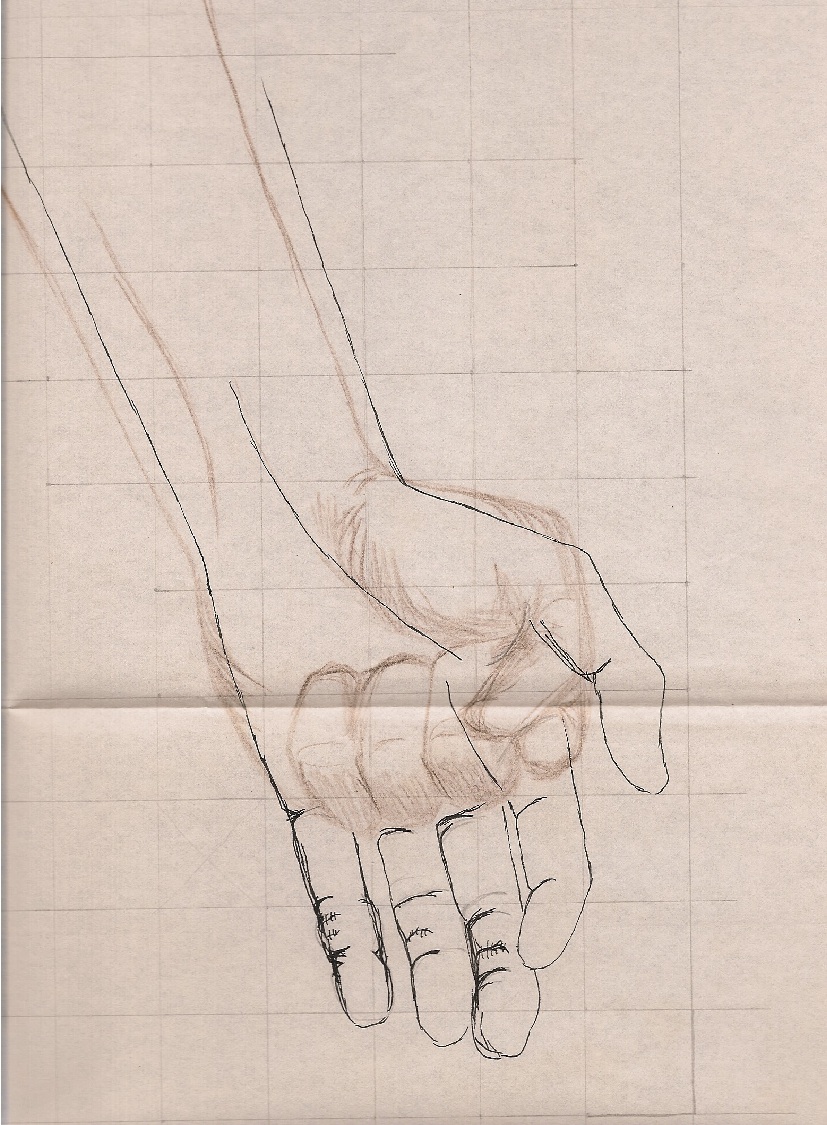
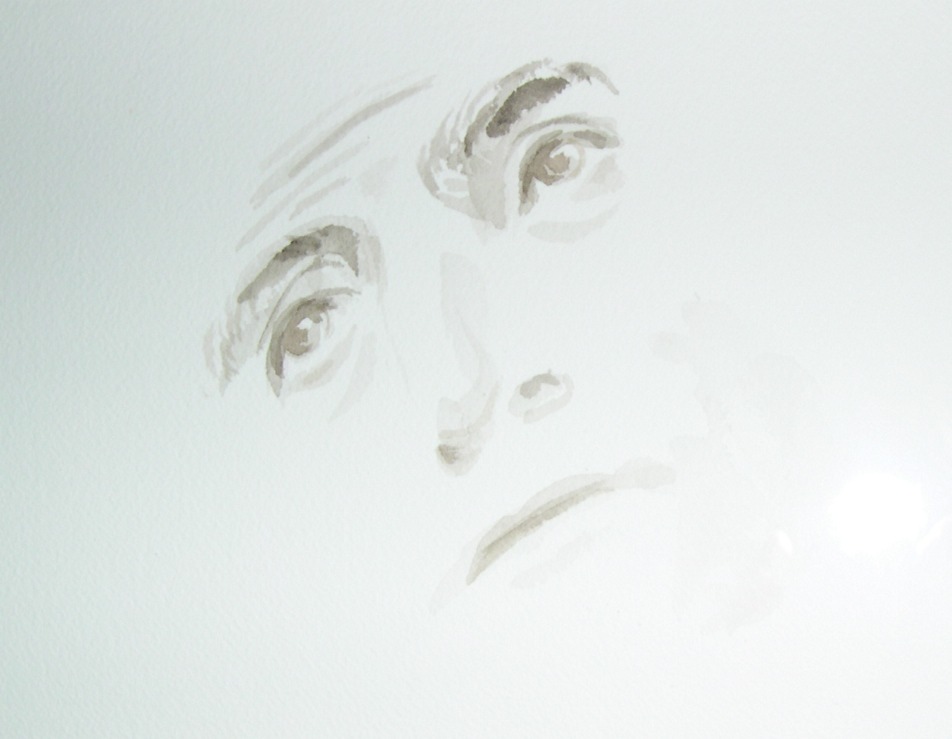
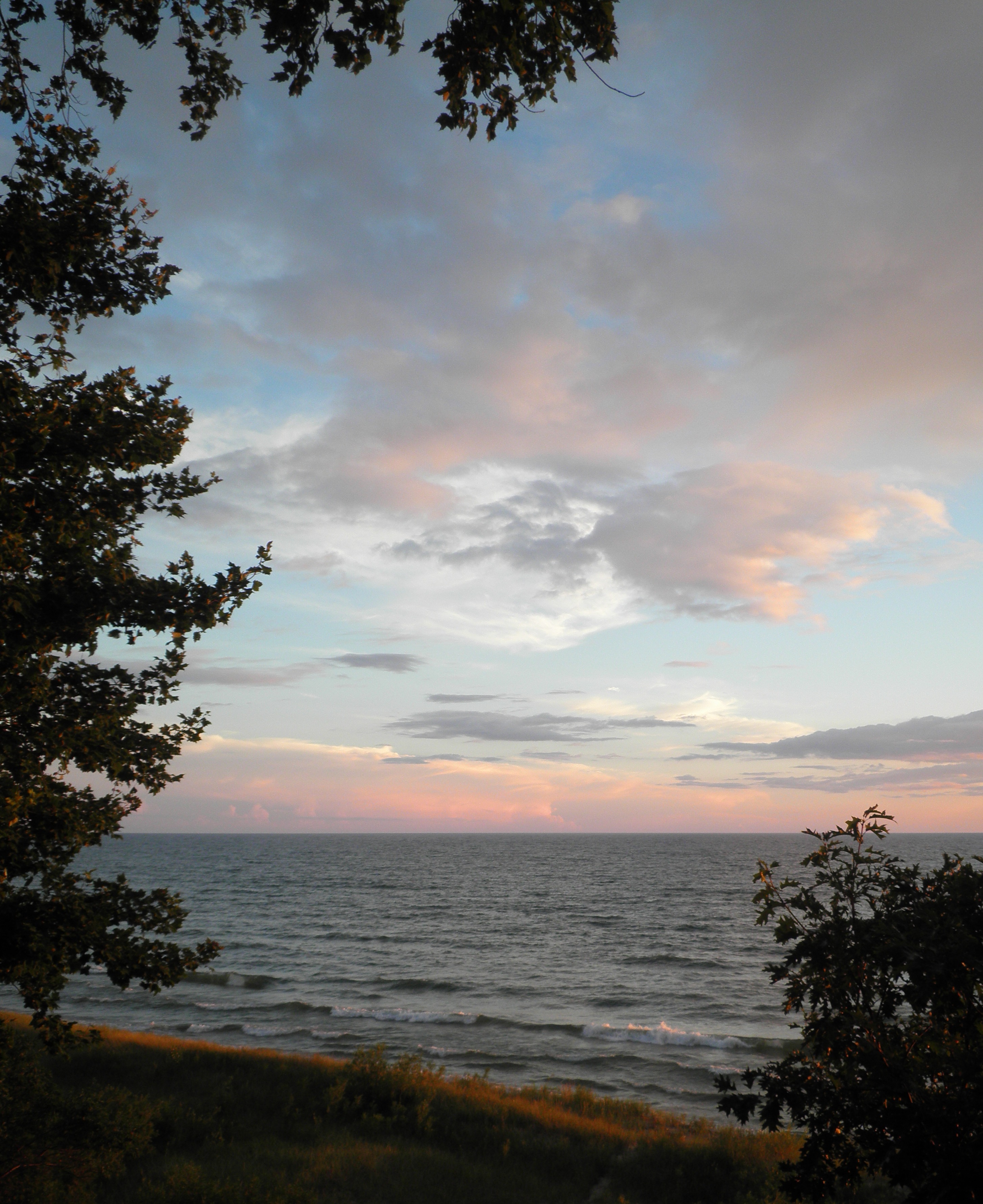
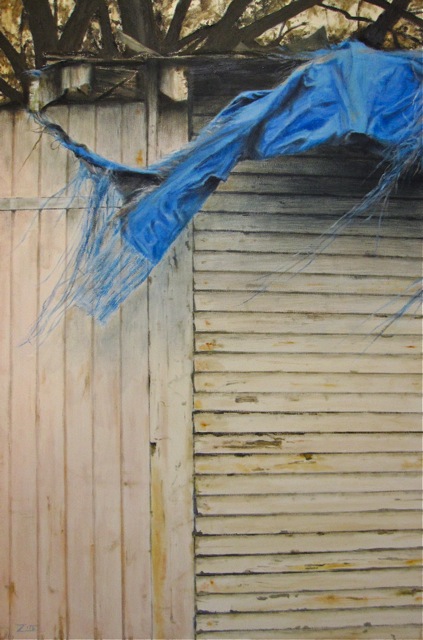

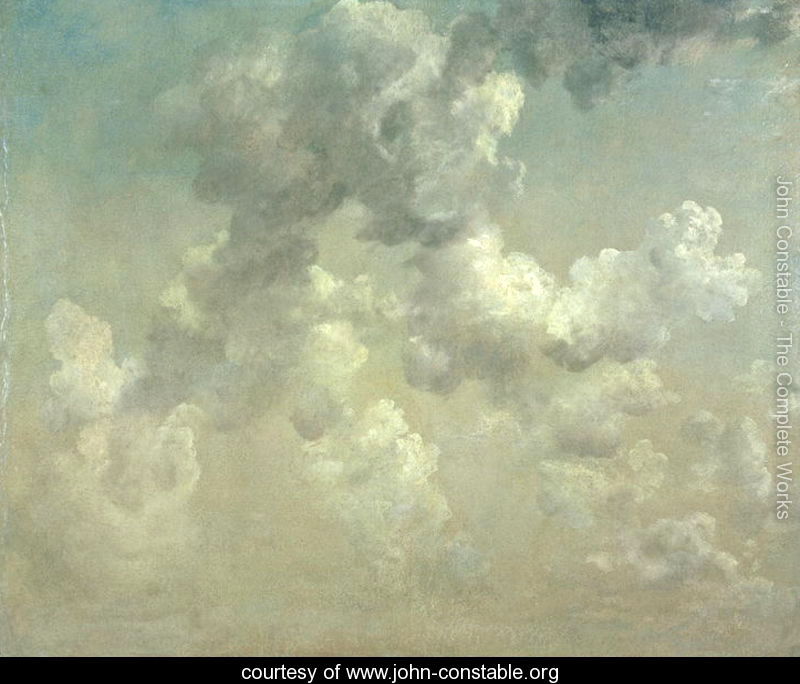 MUSIC
MUSIC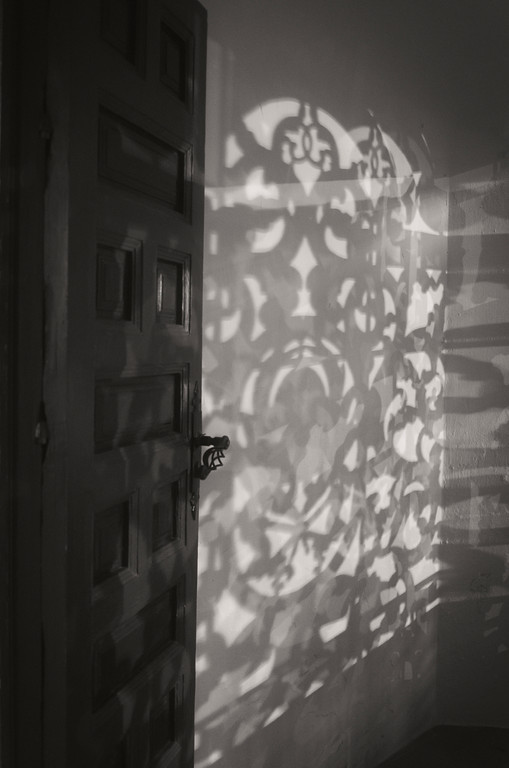
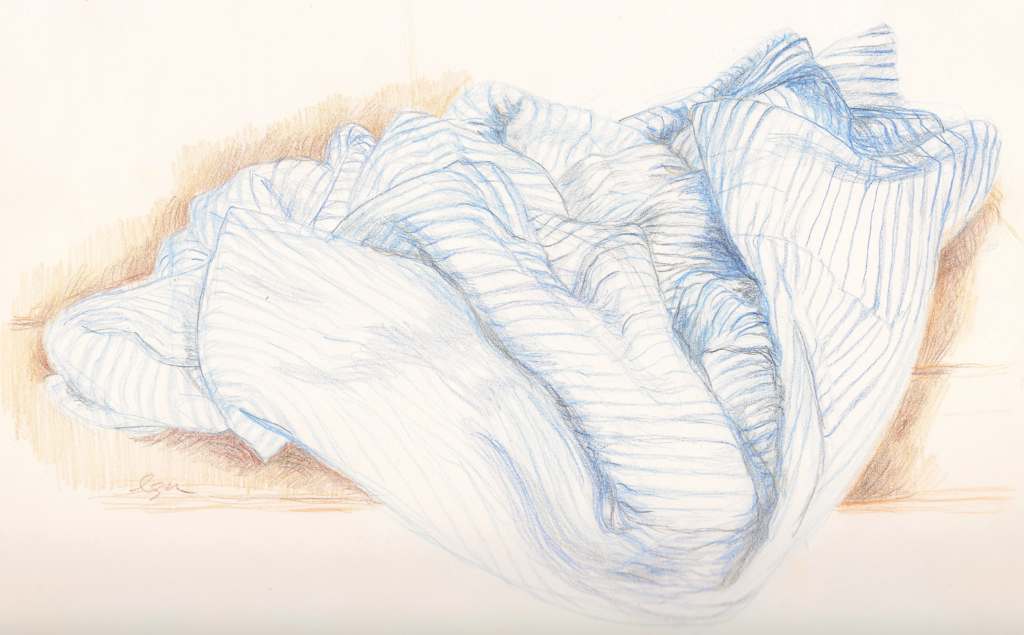 As I get ready to attend a workshop in Santa Fe, New Mexico, to revive my life-drawing skills, I was reminded of the following excerpt from the book Only the Lover Sings: Art and Contemplation by the German philosopher Josef Pieper:
As I get ready to attend a workshop in Santa Fe, New Mexico, to revive my life-drawing skills, I was reminded of the following excerpt from the book Only the Lover Sings: Art and Contemplation by the German philosopher Josef Pieper: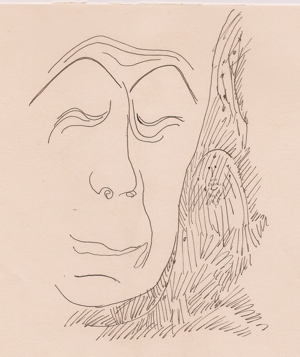
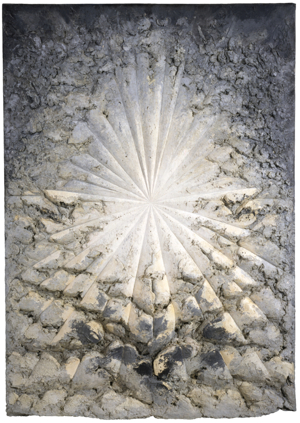
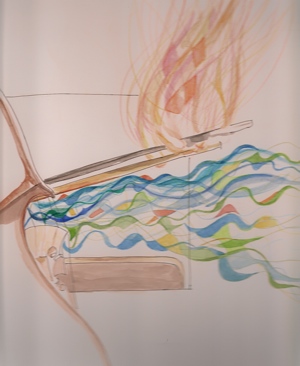
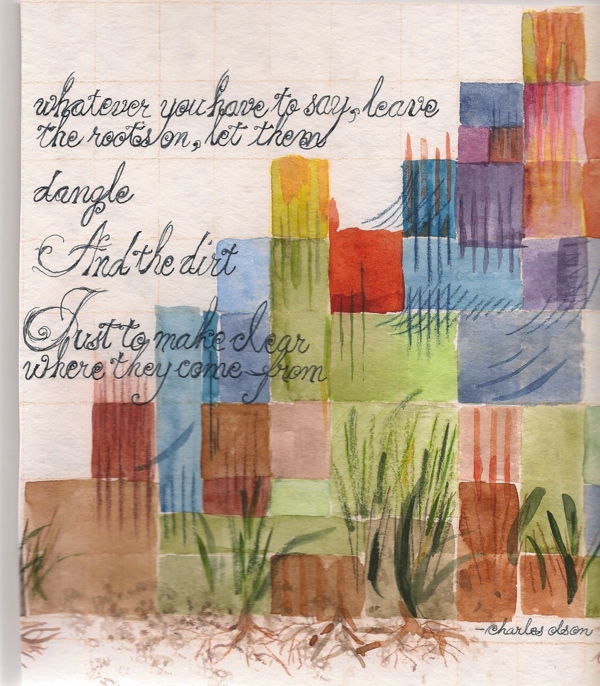
 Jean Vanier inspires me. He started the L’Arche communities. They bring people who are marginalized and restless from lack of community and care, together with those who learn to care for them. They especially create small caring communities for those who have developmental disabilities.
Jean Vanier inspires me. He started the L’Arche communities. They bring people who are marginalized and restless from lack of community and care, together with those who learn to care for them. They especially create small caring communities for those who have developmental disabilities.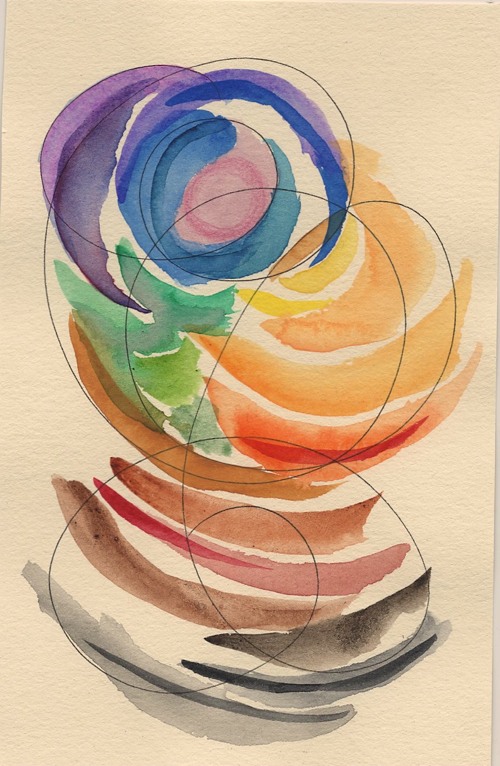
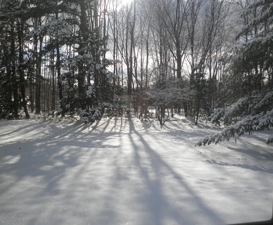
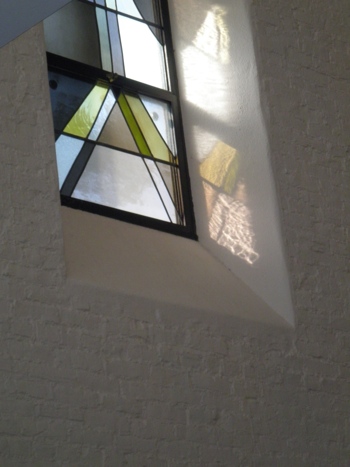
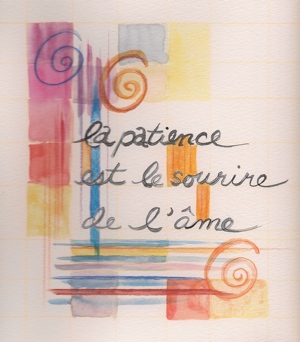 In the Yes theme chapter (8) in the Spiritual Connection book, one of the things I reflect on is how we need to receptively allow life to unfold. In many ways, I think of myself as a patient person, but when I carefully look at my attitudes, I see impatience with myself in abundance. I did this piece of calligraphy a while back, a saying by Philippe Obrecht – “Patience is the soul’s smile…” We can say yes to life as it is, ourselves as we are, as we wait in preparation for what is to come in its own time. I am getting a strong message of patience right now – loud and clear. I hope I can listen.
In the Yes theme chapter (8) in the Spiritual Connection book, one of the things I reflect on is how we need to receptively allow life to unfold. In many ways, I think of myself as a patient person, but when I carefully look at my attitudes, I see impatience with myself in abundance. I did this piece of calligraphy a while back, a saying by Philippe Obrecht – “Patience is the soul’s smile…” We can say yes to life as it is, ourselves as we are, as we wait in preparation for what is to come in its own time. I am getting a strong message of patience right now – loud and clear. I hope I can listen.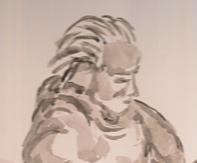
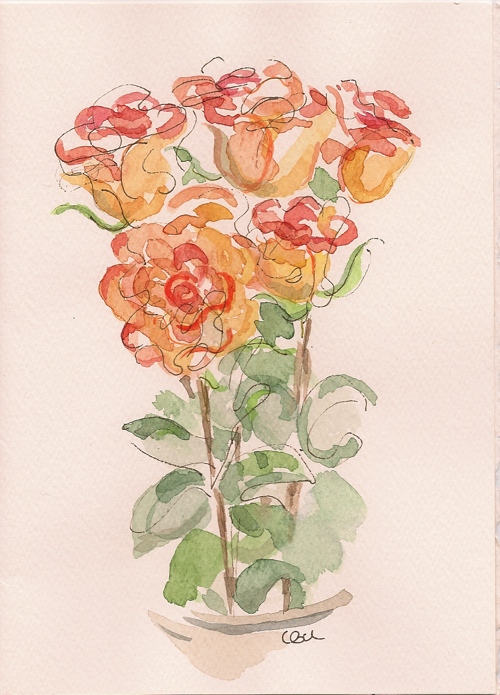
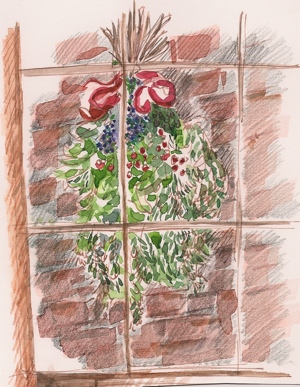
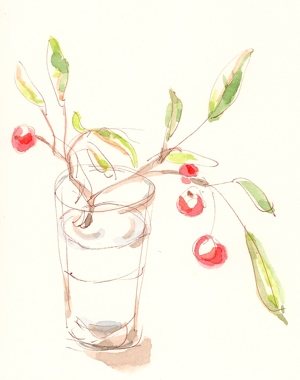

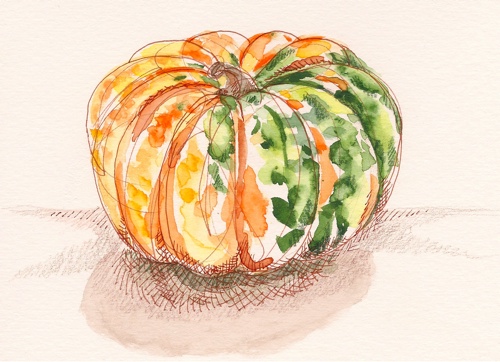
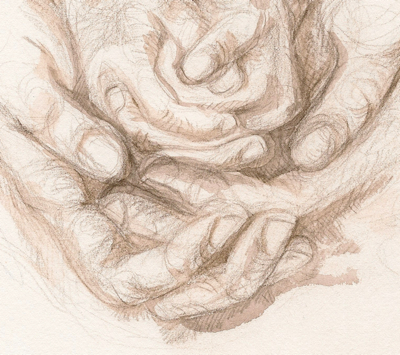
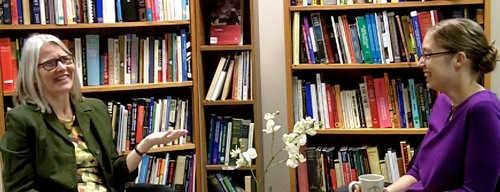 This summer I was invited to give a presentation on the Daily Spiritual Experience Scale at the School of Conflict Analysis and Resolution at George Mason University. One of the uses of the 16 Daily Spiritual Experience Questions is in opening conversations to bridge differences in beliefs, and help in community building. After the presentation and the lively discussion, Jacqueline Greiff, the Executive Director of their Center for Peacemaking Practice, invited me to be interviewed. You can listen to a podcast of this by scrolling to the bottom of the page at
This summer I was invited to give a presentation on the Daily Spiritual Experience Scale at the School of Conflict Analysis and Resolution at George Mason University. One of the uses of the 16 Daily Spiritual Experience Questions is in opening conversations to bridge differences in beliefs, and help in community building. After the presentation and the lively discussion, Jacqueline Greiff, the Executive Director of their Center for Peacemaking Practice, invited me to be interviewed. You can listen to a podcast of this by scrolling to the bottom of the page at 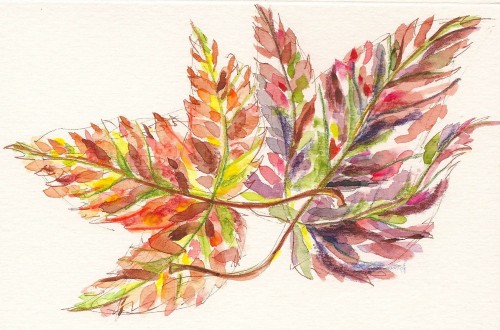 I noticed these leaves while out walking today, and picked up these two from the grey pavement to take home. I drew and painted them to help the beauty stick with me longer. As they sit here on the table together, I also find myself thinking about my relationships with those I am close to.
I noticed these leaves while out walking today, and picked up these two from the grey pavement to take home. I drew and painted them to help the beauty stick with me longer. As they sit here on the table together, I also find myself thinking about my relationships with those I am close to.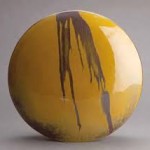
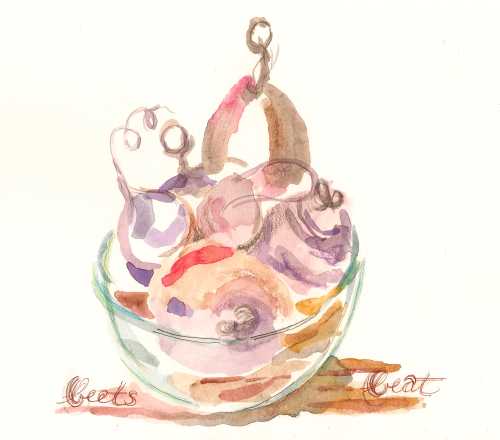
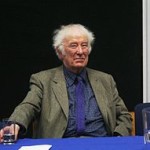 Seamus Heaney’s poem “Postscript,” is a great example of this, and I quote it in the book; you can
Seamus Heaney’s poem “Postscript,” is a great example of this, and I quote it in the book; you can 